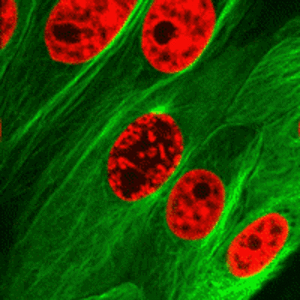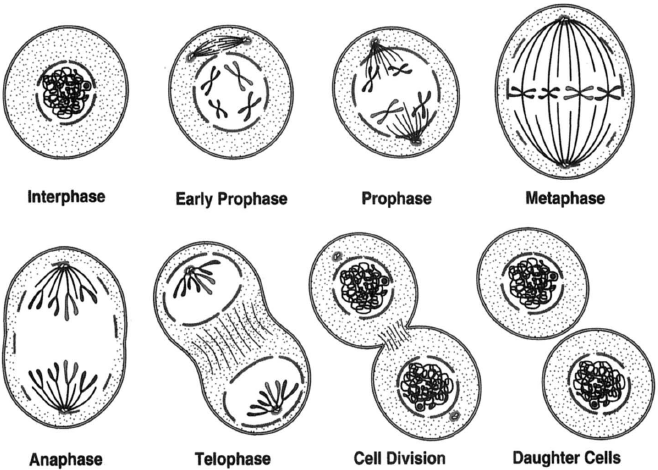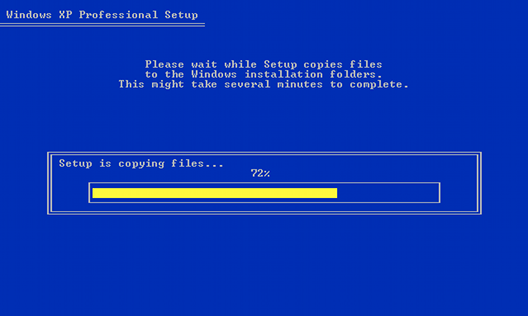Perhaps rather than pulling DNA apart, microtubules as a memory system is also replicating, therefore the symmetry in cell division?

The spiraeum is also replicating during cell division, forming two exact copies of the cell state (not just the genome state, which is on longer time scales. )

The replication could be ongoing from the moment the mitotic spindle appears, centrioles replicate during the S phase of "interphase" that precedes mitosis, and move apart during prophase and microtubules form the mitotic spindles between the centrioles.

As an example, 30 nm/s extension rate of microtubules is two coil turns, 9 blocks of memory which can be seen as 9 append-only inputs per second, if prophase is 2 hours, 7200 seconds * 9 transactions per second = 64800 memory blocks copied during prophase, 77 kilobytes. With 100 blocks per second, 720000 blocks replicated during prophase, 855 kb ≈ 0.85 mb.

Like when installing an operating system on a computer, the cell could also be selective in what it replicates, and install core parts of the spiraeum into the two offspring cells during prophase, or install a core during early prophase and then build multiple branches at once, increasing the speed at which it can copy itself, following an exponential graph projection.
Downvoting a post can decrease pending rewards and make it less visible. Common reasons:
Submit